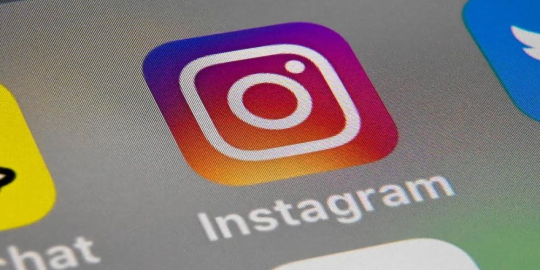
Instagram has recently stirred up debate with its approach to video quality, particularly how it correlates with a video's popularity. A statement from Adam Mosseri, the executive leading Instagram, unveiled that the platform serves videos with varying quality based on their viewership. While the platform endeavors to provide the "highest-quality video" for its audience, the reality is more complex. As the vast majority of views occur shortly after a video release, less watched videos may see a dip in quality over time. This revelation has ignited discussions among users and experts alike, diving deep into the implications of this percentage-based system.
The logic behind Instagram’s strategy is rooted in resource management. Higher quality videos require more computational power and storage space. To accommodate these demands while maintaining efficiency, the platform adjusts video quality based on aggregate popularity. What’s pivotal here is the emphasis on collective viewer engagement rather than individual user preferences. Unlike platforms where each user's interaction might dictate video performance metrics individually, Instagram’s method pools data to drive its quality adjustments. This choice stems from seeking a balance between quality services for popular creators and efficient utilization of resources.
However, this strategy has come under criticism for potentially stratifying creator content based on popularity. There is a concern that this system could institutionalize a divide, perpetually favoring popular creators who continue to benefit from the highest quality content delivery. Consequently, less popular or new creators may struggle to gain visibility, as lower video quality may be less engaging for viewers. Critics argue that while content remains pivotal, video quality is a significant factor in viewer experience and, therefore, in garnering engagement.
While Mosseri acknowledged the validity of concerns regarding the inherent bias, he argued that content holds more sway over engagement than quality differences in most cases. Despite the concerns, he pointed out that users are more inclined to engage with a video if it is inherently interesting or relatable rather than just visually superior. The importance of quality, he added, appears more significant from the creator's perspective rather than the consumer's, where content trumps quality in driving interaction and engagement rates.
In conclusion, Instagram's approach to video quality reflects a complex balance between resource demands and content accessibility. While the system currently favors popular videos with higher resolutions, it also places content at the forefront of what engages viewers. The platform's strategy aims to optimize storage and computational resources while delivering satisfactory user experiences. Whether this model will shift to accommodate smaller creators without compromising efficiency remains to be seen. For now, Instagram insists that strong, engaging content is the true arbiter of success on its platform despite varying video quality. This perspective continues to fuel debates about fairness and creativity within digital ecosystems.